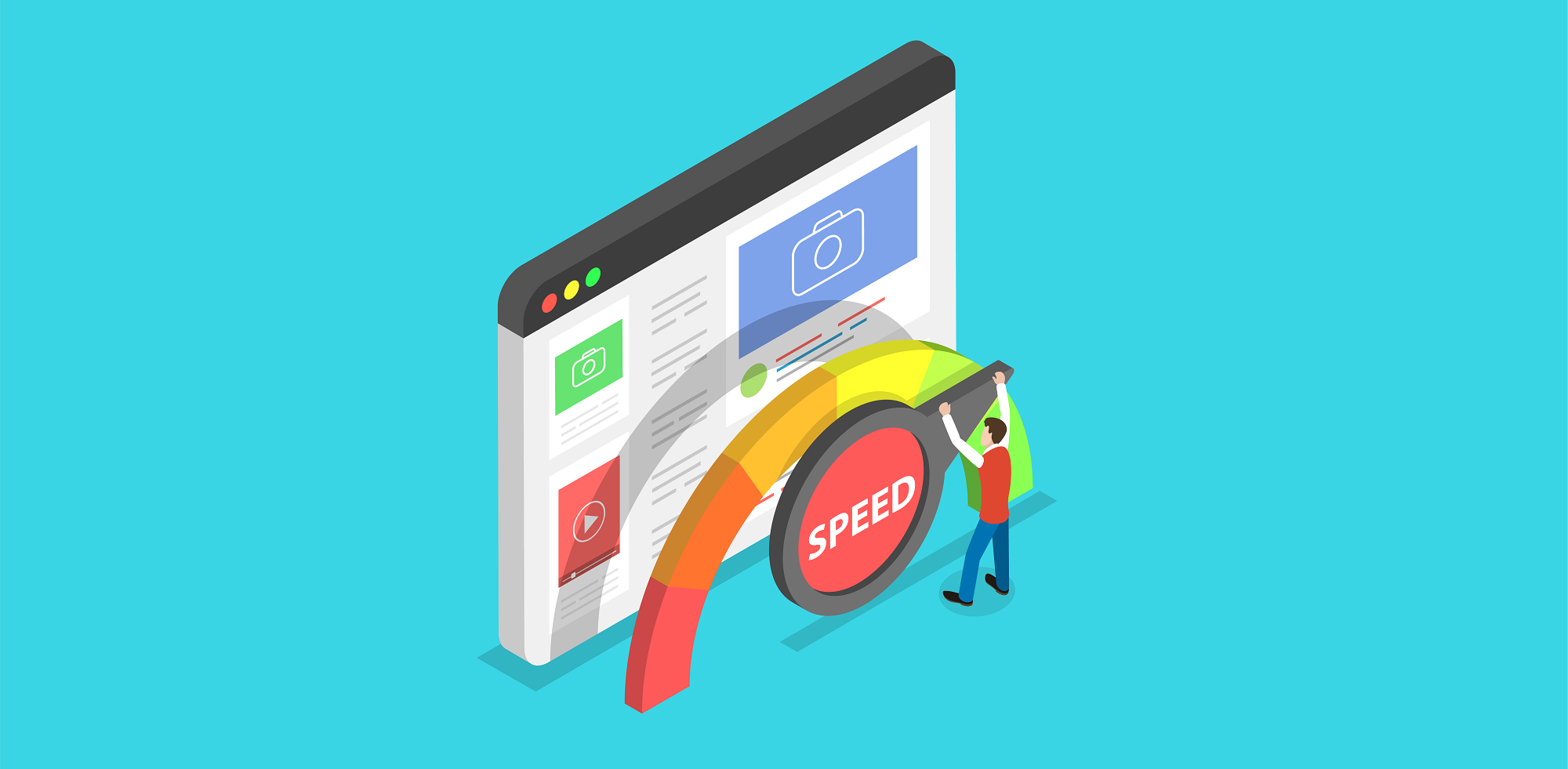Enhancing Website User Experience (UX)
Website user experience needs to be carefully considered when launching a redesign. 95% of internet users indicate that a positive user experience is the most important factor when visiting a website.
A poor experience can immediately turn customers off using your company’s websites, pushing them to better competitor sites in the future.
Discussed below are some of the simple ways website user experience can be enhanced.
Better Spacing
The layout of your website should never be underestimated. It’s usually the first thing a customer judges when landing on a page.
Your website’s design should have plenty of spacing to ensure elements aren’t overlapping or cluttered.
Avoiding walls of text and employing the use of bullet points and imagery will go a long way in improving the user experience.
Avoid Annoyances
Many websites implement features that simply turn customers off returning due to the bombardment of elements popping up prior to any real information being digested.
Website features that may annoy customers include autoplaying audio and videos, popups and automated chatbox messages. It can essentially be anything that interrupts the customer’s experience on the website.
When users have to click on multiple X buttons to just see the content of your homepage, it’ll cause frustration and even cause them to click off your website altogether.
Fewer Options / Simple Navigation
Overloading your customers with too many options may leave them frustrated. Actions need to be streamlined and simple to encourage great UX.
Unintuitive navigation can also result in customers ditching your website completely. Keeping the interface consistent and frictionless results in more engaged customers.
If you’re running a regularly updated website, it’s important to avoid broken links and 404 errors where the pages can’t be found. Not only will these errors frustrate customers, but it’ll also have a negative effect on search engine optimisation in the long run.
Authenticity
Your website should use as many original images as possible. If a user enters your website and is greeted by various stock images which can be found on thousands of other websites, they’re less likely to trust your site.
Using original images of your products and services in action is far better than a generic approach, as they not only match your branding but showcase your offering in action.
Improve Loading Speeds
Your website needs to be optimised for the various devices, operating systems and browsers used by your customers. Important factors such as page speed and mobile responsiveness have a considerable effect on user experience.
Research shows that 90% of customers are less likely to return to your website after a sluggish experience, and more than 75% of customers leave your website to visit a competitor’s.
Slow page loading can eventually lead to lower revenue and missed opportunities for your organisation.
Always test your website’s loading times with free tools such as Google’s PageSpeed Insights and Google Analytics to see why and where loading times are longer than they should be. Using the results of these tools, you can reconfigure your site to address these issues.
Testing
Before sending out a large update to your website, it needs to be tested by multiple internal users on different devices and browsers. Testing the website on multiple mediums allows you to spot any major issues before your customers do.
Without appropriate testing in place, you run the risk of a major issue causing disruption to your services which can in turn flood your organisation with customer service enquiries.
Is your organisation considering upgrading or altering its website user experience in 2023? Be sure to get in contact with us today on +353 1 8041298!









